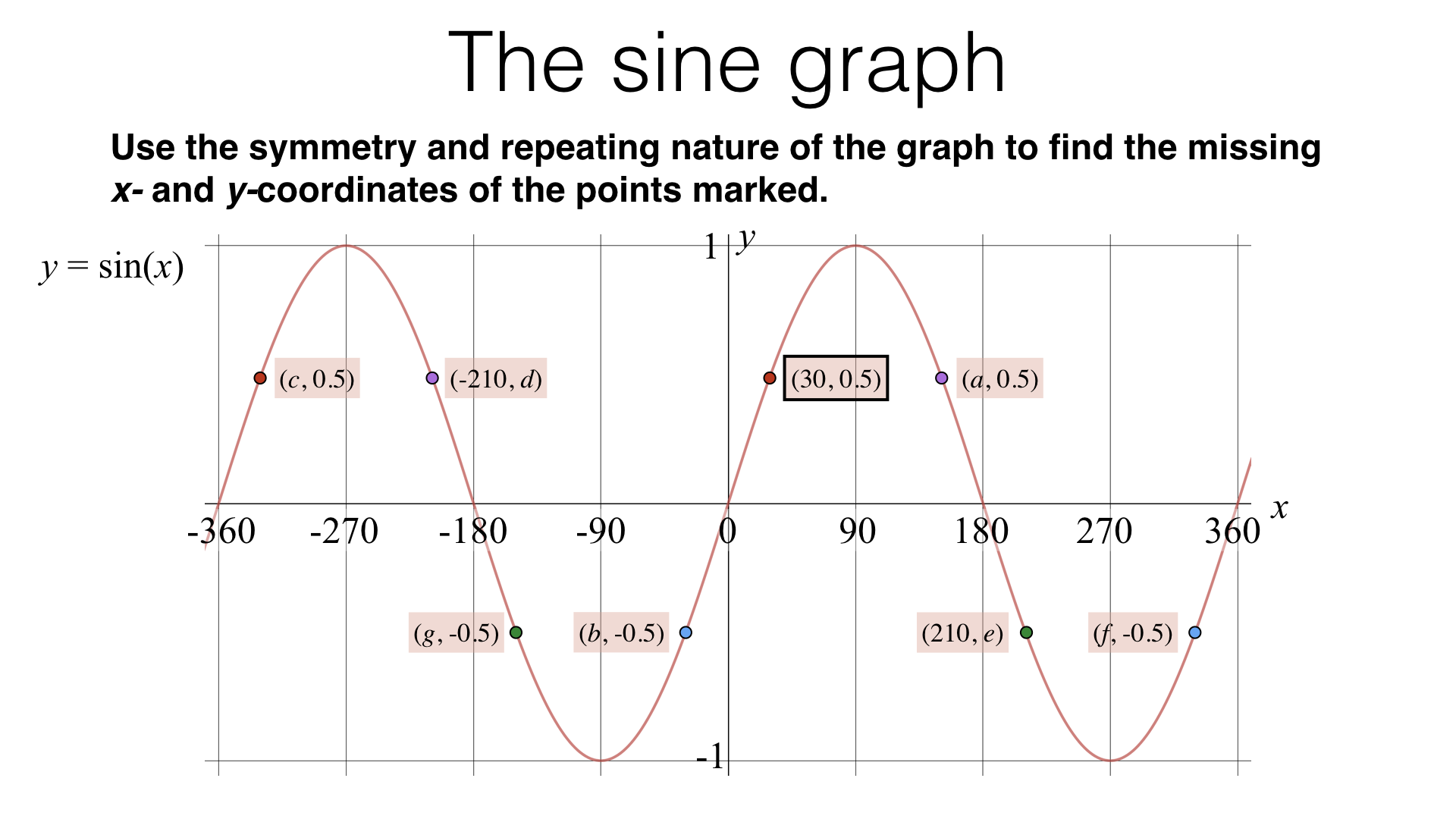


Similarly, the vibrations of an aircraft wing or a car component aren’t always smooth and regular, and radio signals from satellites are often corrupted and scrambled up by random interferences.īut, rather amazingly, we can still capture those more complicated waveforms using our familiar trigonometric functions. That’s because the recorder doesn’t produce a pure top A, but also a range of other notes called harmonics. The graphical representation of part of the recorder note
DESMOS GRAPHING SINUSOIDAL FUNCTIONS SOFTWARE
(You can download this recording from the “Extras” on this webpage.) You could also play sounds into software such as the free Audacity to generate graphical representations yourself. Here you can listen to the note and see its graph. When we record a note played on a recorder (an A in this case) and look at a graphical representation of that sound, we see that it looks much more jagged than a pure sine or cosine wave. Using a combination of all three gives us quite a lot of room for variation.īut still, this doesn’t seem to be enough. This is an example of the general transformation of the curve \(y = f(x)\) to \(y = f(x+k)\) (where \(k\) is a constant) producing a translation of \(-k\) in the \(x\)-direction. It shifts the curve along the \(x\)-axis (changes its phase).


 0 kommentar(er)
0 kommentar(er)
